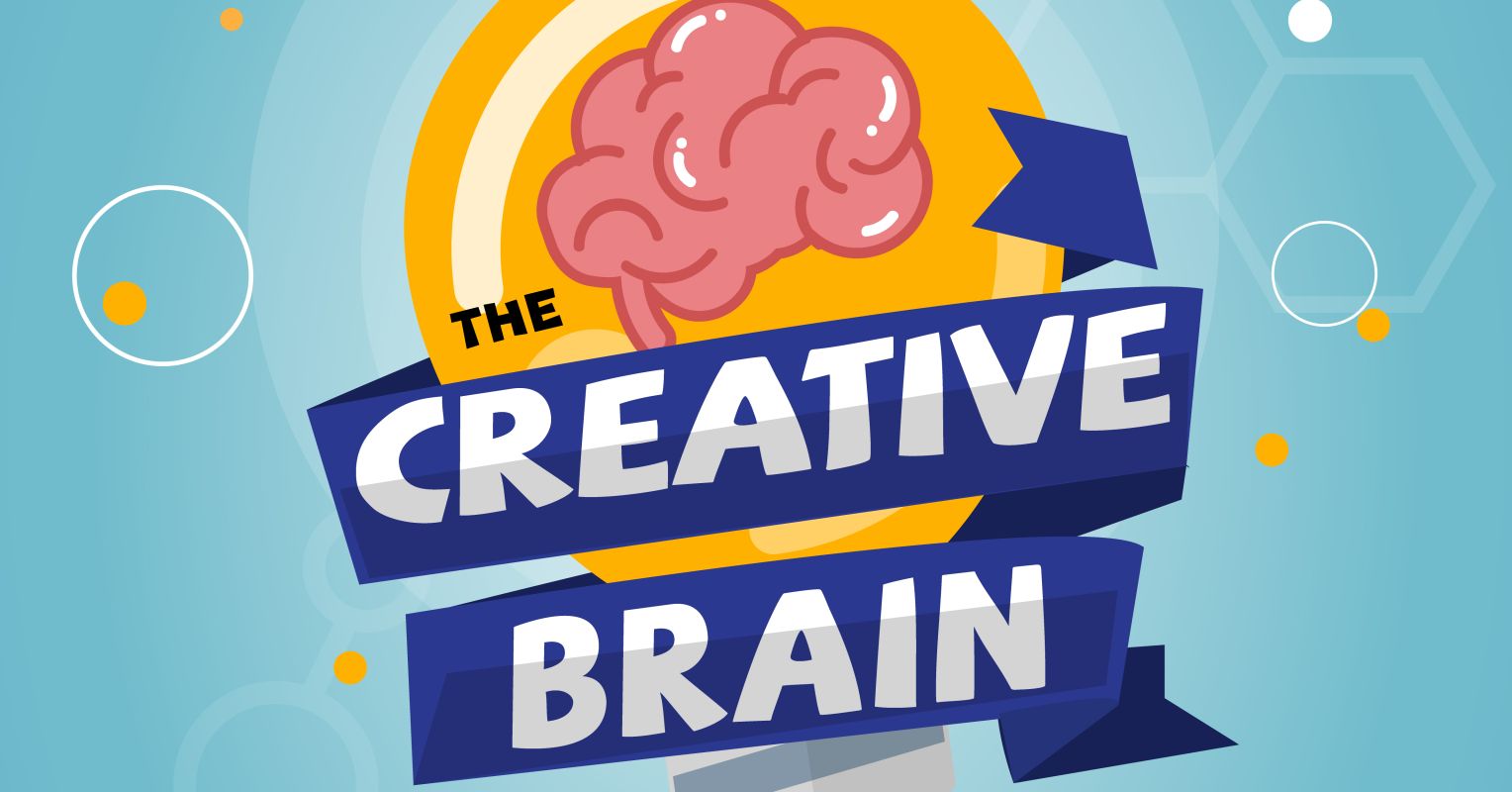To narcissists, the world is their oyster. They believe that their inherent greatness means that all should bow to them. However, their personalities can be so distasteful that the reality might be quite different when it comes to social acceptance. Do you really enjoy being around someone who’s constantly demanding attention and special treatment? Don’t you get fed up with their bragging and self-centeredness? Chances are that if you do, so does everyone else who is faced with dealing with them on an everyday basis.
If you think about the issue from the perspective of the individual with these egocentric demands, you might wonder what life is like when they become the targets of rejection. Their defense mechanisms may be robust enough to keep them from letting the responses of others penetrate their sense of self, but on the other hand, it’s possible that they just don’t let their feelings show. If anything, maybe rejection breeds greater grandiosity, as they try to puff themselves up and keep the pain away.
Ostracism and the Narcissist
According to a new study headed by Christiane M. Büttner (2025) of the University of Basel, the grandiose narcissist (i.e., the type with the inflated ego) may indeed show this pattern of inner hurt masked by an outer layer of steel. Previous research measuring the neural activation patterns associated with ostracism shows that although their brains do show spikes in responsivity, they don’t report feeling threatened. If anything, ostracism only leads people high in grandiose narcissism to lash out with “stronger retaliatory aggression.”
Although compelling, research on these reactions to ostracism has taken place in the lab, with a single burst of ostracism serving as the stimulus (e.g., playing an online game in which rejection is simulated). The Swiss research team proposes that in everyday life, it’s quite likely that ostracism breeds ostracism, as these vitriolic responses generate only more rejection.
Büttner et al. suggest the possibility that three separate mechanisms may be involved in the pathway from ostracism to more ostracism. The first, based on negative perceptions, is that people high in narcissism interpret ostracism when no ostracism was actually intended. Just because you’re left off a text chain, for example, doesn’t mean that people are intentionally excluding you, but the narcissist may draw this conclusion. The second possibility, called “target behavior,” is that people high in narcissism are indeed more likely to be excluded because of their obnoxious tendencies. The third, called “reverse causality,” may take a minute for you to wrap your mind around. In this scenario, those high in narcissism become more narcissistic because they’ve been ostracized. Their narcissism is itself the defense mechanism in action.
Testing the Narcissism-Ostracism Links
To explore these three possibilities, Büttner et al. conducted a comprehensive set of investigations based on data from over 77,000 online adults involving correlational methods, experience sampling (daily testing over two weeks), and a 14-year longitudinal investigation linking feelings of entitlement with feelings of being an outsider.
A recap of one of the conditions can give you an idea of the experimental manipulations of ostracism and the responses these engendered. Participants viewed brief (30- to 60-second) videotapes of prior participants (whose narcissism was rated) introducing themselves. The job of the participants was to decide whether “you would actively approach the person in the chat or whether you would rather ignore the person in the chat.” Because the people in the videotapes already were known as high or low in narcissism, this experiment provided a test of the target behavior mechanism (i.e., do narcissists tend to be rejected?). The raters themselves also provided self-ratings of narcissism, making it possible to see if narcissists would reject or accept other narcissists.
The findings showed that, consistent with the target behavior mechanism, people considering spending time with a narcissist were more likely to provide a thumbs-down vote. Moreover, the participants’ own narcissism scores had no bearing on the findings, leading the authors to conclude that “it does not take a narcissist to ostracize another narcissist.” Indeed, it was “remarkable” that people could make this judgment in as short a time as 30 seconds. Clearly, people can sniff out narcissists very quickly.
A test of the negative perception component of the model consisted of a condition in which people high in narcissism responded to ambiguous situations. The question was, would they see rejection when none existed? As an example, consider this interaction used in the study:
Person A: …and then we went to this amazing concert last summer, the stage show was just great!
Narcissism Essential Reads
You: I think I was there.… Do you mean band X?
Person A: Yes, that’s the one! Oh, you were there? I must have forgotten that.
In support of negative perceptions, people high in narcissism indeed were more likely to read rejection into the interaction. Going one step further, the authors suggest that people high in narcissism manufacture feelings of ostracism as a way to appear as victims in the eyes of themselves or others: “Presenting as a victim of frequent ostracism may be strategic. The victim mentality allows them to shift the blame when they fail (e.g., “Everybody ignores me at work, no wonder I cannot give it my all!”) and accentuate their achievements when they succeed (e.g., ‘Even though everybody ignores me at work, I am still the top achiever in my department!’).
The final piece of the puzzle came from the 14-year data. Over time, narcissists responded to reported instances of narcissism not by becoming more humble, but by becoming even more narcissistic. As the authors concluded, “ostracism seems to solidify narcissistic traits over time.”
The Costs and Contributions of Narcissistic Ostracism
Because all three mechanisms received support from one form or other across the seven studies, it appears that there is no one direct path from narcissism to ostracism or back again. People high in narcissism are more likely to be excluded, to see ambiguous situations as rejection, and then to escalate in narcissism over time.
You can look at these findings as suggesting ways to help people high in narcissism gain greater access to the types of favorable components to their personality that would allow them to have better social interactions. This, in turn, could help turn the tide of their otherwise escalating narcissism. If you spend time with such individuals (either by choice or circumstance), your life can also become more pleasant when they can relax and tone down their tendency to seek retribution for perceived slights. Or, you may not care and let them stew in their own rejected juices. Walking away may be the easiest and safest way to maintain your own peace of mind.
To sum up, this comprehensive study shows that the personality-experiences link is always a fascinating one to explore. At the very granular level, everyone’s personality affects and is affected by experiences. Understanding how you shape and are shaped by your life experiences can help you derive more fulfillment as your own personality grows over time.




